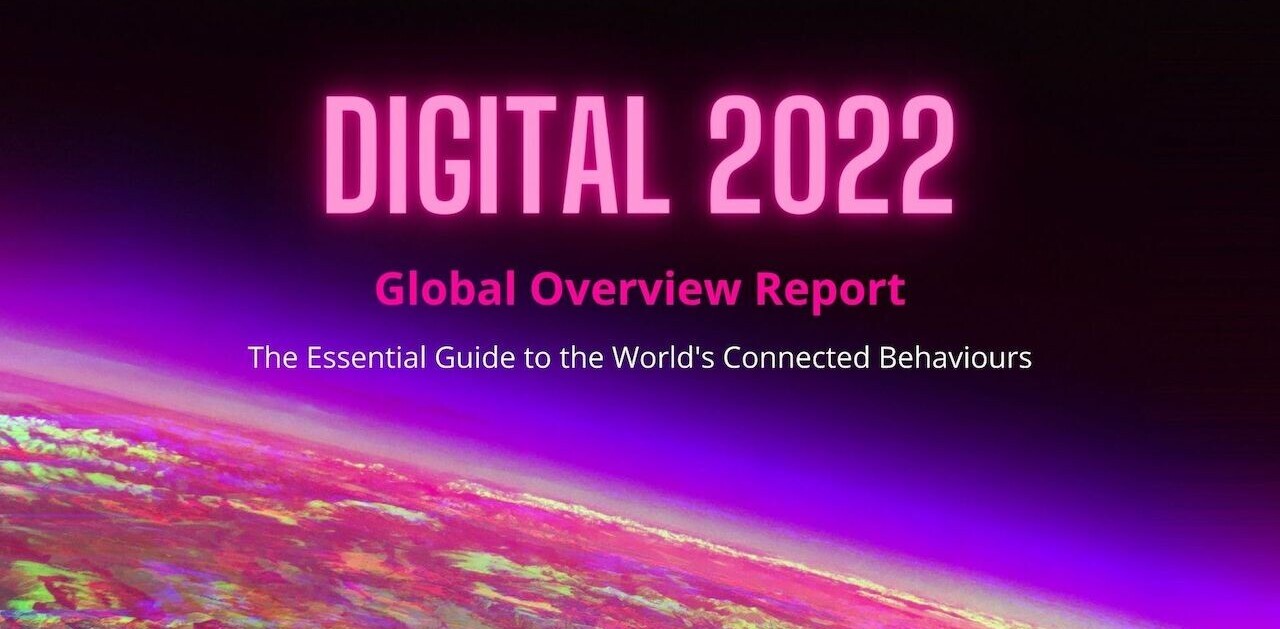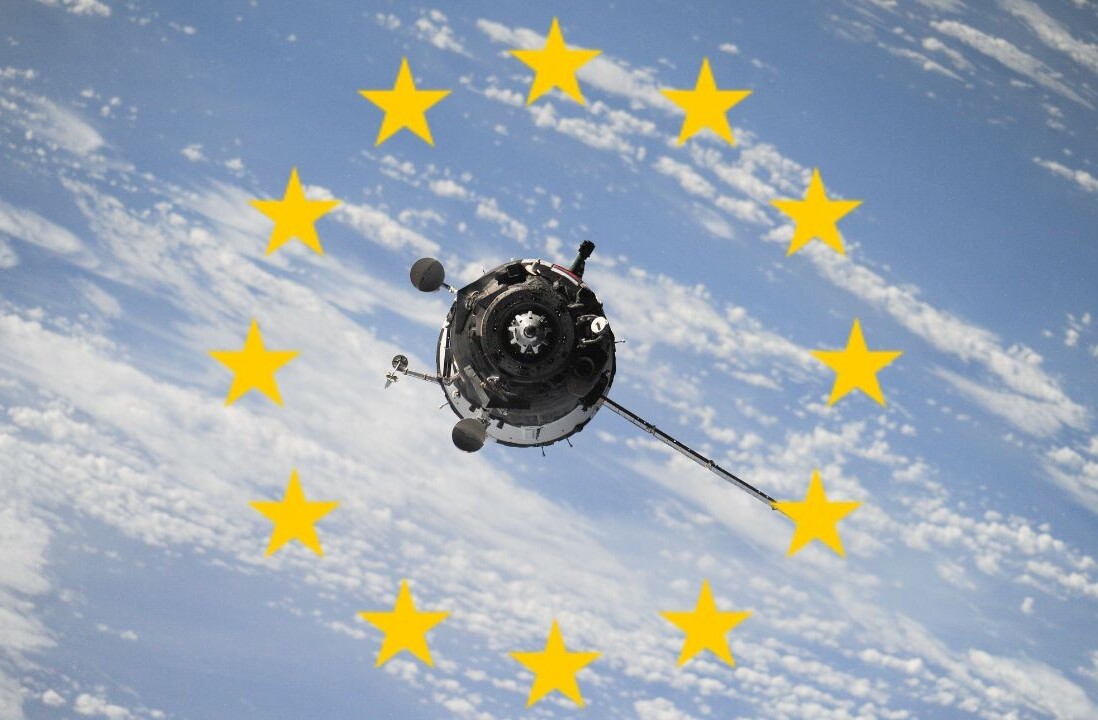
The internet of the old days was amazing, wasn’t it?
One day it suddenly became possible to chat with anyone anywhere across the globe, and everything changed. Soon you were able to read about any obscure topic that came across your mind while buying a book or shoes or virtually anything you wanted from the comfort of your living room or office. It was like a totally new world to explore that sprang from our own. It was magical. It was an adventure.
Nowadays, those things seem mundane. We aren’t mesmerized by them anymore because, for better or worse, everyone from big brands to disruptive startups conditioned us to expect them to be a part of our normal lives.
Now we get bored if things are not instant and unlimited. Our patience runs out in milliseconds. The magical aspect of what it once was has almost vanished.
That doesn’t mean that adventure on the internet is completely gone… but it does look different now. Creators and innovators of all kinds are proving that there is no end to the creativity of the human mind, even in this hyper-connected world.
While many of the classic pre-YouTube viral videos remain some of the best, the new stuff being put out on several platforms at an increasing rate is just as good, if not better.
But in some ways, I worry the online experience may never feel as exciting as it did in the Wild West-esque landscape of the old internet again.
Storytelling is key
In my opinion, the practice and prevalence of “UX design” is definitely partially to blame. When the vast majority of companies and their armies of designers and product managers race to make the web easier and more efficient to use, they lose sight of also making it fun and exciting.
Sure, there is an understandable need for “moments of delight” and “branded” or “ownable” UX or UI patterns, but that’s not real storytelling. And it’s certainly not going to create amazement and enchantment — crucial elements for new companies trying to make big waves.
This isn’t me saying that UX design isn’t important. I built my career and agency on the foundations of UX design. What I am saying, however, is that storytelling and true human connection is just as important, if not more important in some cases, than well thought-out, bulletproof, hyper-logical systems.
Designers are being forced to be data-driven in their decisions to a point where all human characteristics are sanitized out. Things may convert better in the moment, but the overall story and human connection is lost.
Too much work, not enough fun
Another problem from the last ten years or so is that the internet has become a place to do work instead of learning and being entertained. In fact, the number of people working from home has jumped 140% since 2008, and it will continue to climb even after the pandemic, aided by the internet and the array of digital, remote work tools now at our fingertips.
Yes, there is still social media, entertainment, and marketing, but people spend so much of their time online dealing with emails, shopping, or their bank that everything has started to look like a web app. This approach is missing out in critical places where immersive storytelling could and should have been the method of delivery.
The common denominator of what’s missing has been the same for a while now: humanity. What do humans need and want from an online experience? They need to get jobs done, sure, but they want more than that.
They want to have fun. They want to feel secure. They want to be a part of something bigger than themselves. They want to connect. That is what the internet of old truly excelled at, and it’s what any company (whether a global brand or startup) should want to achieve.
No brand can service all of these needs all the time, but it would be beneficial for us all if we started taking them more into account when creating. Our storytelling can be just as important as our systems design.
Businesses can’t just be concerned with making something people can use but making something they want to use. We can meet expectations in an unexpected way. We can give people an experience to brag about.
Use your tech wisely
Like I said before, there is still excitement in the tech and startup world, but it looks different. Virtual reality is becoming more sophisticated and more accessible every day, especially with things like the Oculus Quest 2.
VR facilitates an environment where fun, communication, and work can converge in unprecedented ways and has literally created a new virtual world where the possibilities are endless.
Brands like Gucci have also begun merging marketing and customer experience, increasing engagement by pushing the boundaries with services like their iOS app that lets you try on shoes in augmented reality.
Even now when social distancing restrictions begin to lift, and people can shop (or do anything, really) in person again, they’ll be left with a level of expectation that they can still go to a concert, stream new releases, or have a fine-dining experience online if they so choose.
Even more than that, people are going to want to experience their favorite brands and services both in-person and online fluidly, sometimes simultaneously. Shop online and pick-up in-person will become the norm, and smart brands will make this a part of their differentiation and appeal.
Think about exclusive items like shoes or electronics. Brands could set up online lotteries or scheduling systems that create hype through viral means and then have customers pick up the items in person to create an even grander experiential service.
With possibilities like these, the desire to be able to virtually experience anything at any time anywhere will only grow. But we’re still barely scratching the surface of what these potential experiential services could look like. When someone can pick up and put down your product at any time on any device or just happen to show up in person, the opportunities to create unique adventures that bring back that coveted magic feeling will increase tenfold.
The idea of designing customer “journeys” in a siloed, linear sense will finally fizzle out, and businesses will be forced to think about users in a true relationship sense, considering the wants, emotions, and organic life cycles of customers in an increasingly human way.
Get the TNW newsletter
Get the most important tech news in your inbox each week.





